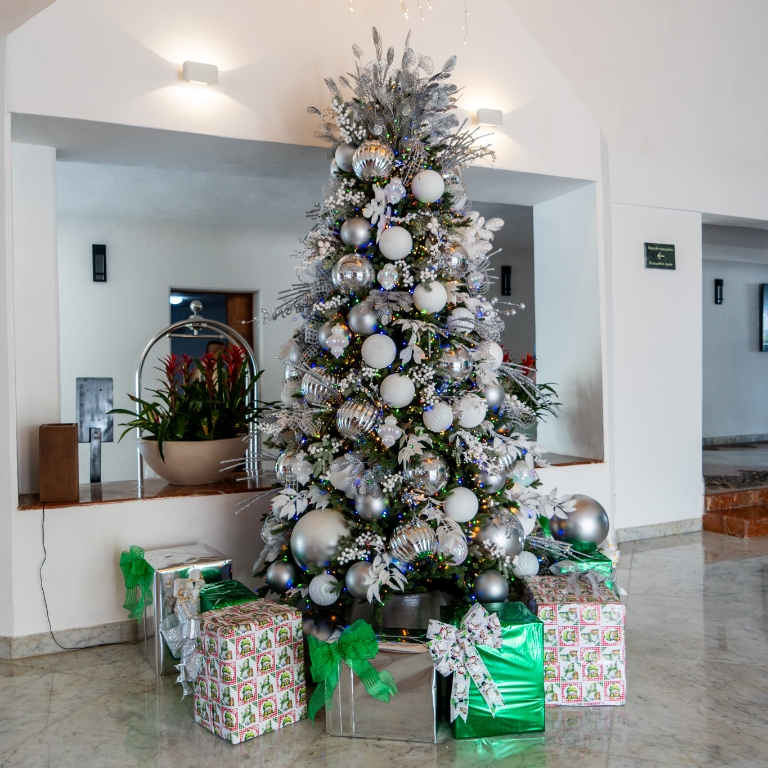
In 2018, explorer Guillermo de Anda Alanís launched the Great Mayan Aquifer Project, an underwater research initiative in the Yucatan Peninsula with the purpose of exploring and mapping the underground water networks of this region, which constitute one of the largest freshwater systems in the world.
In addition to its hydrological approach, during the exploration, cenotes with submerged archaeological deposits have been discovered that reveal previously unknown data about the history of the Mayan civilization, its religion and its rituals.
What is a Cenote?
The word cenote comes from the Mayan dzonoot, which means “water well.” To understand what a cenote is, we must take into acount that the Yucatan Peninsula is completely flat, with an average height of 5 meters above sea level, which is why it has practically no surface rivers; all the water is absorbed and forms underground rivers. Along their path, the underground currents have reached very fragile earth vaults that, over time, collapsed under their own weight, exposing the current to the surface of the jungle. These exposed currents are what we know as cenotes
Why were the Cenotes so Important to the Mayans?
For the Mayans, cenotes, or “wells,” were the main source of fresh water, so they were fundamental in their belief system: Cenotes were the entrance to the underworld where important gods resided, such as Chaac, the god of rain, so they were constantly visited to offer rituals and sacrifices. Today we know how the Mayans used these sacred spaces and that, to a large extent, this practice continues today. In all the cenotes of the Yucatan Peninsula, archaeologists have found charred human bones, pottery, engravings on the walls and even a complex altar dedicated to the Mayan god of war and trade, among other things.
There are Cenotes in Hacienda Tres Ríos
Hacienda Tres Ríos has 10 cenotes, their names are: 1. Cenote Manatí, 2. Cenote Nuevo, 3. Cenote Águila, 4. Cenote Tortuga, 5. Cenote Escondido, 6. Cenote Orquídeas, 7. Cenote Sábalo, 8. Cenote Viejo, 9. Cenote Hondo, 10. Cenote Límite.
Most of the cenotes are shallow, between five and 15 meters, and the water temperature is 25º Celsius throughout the year. Taking the main path of the “Sendero de los Cenotes” we can reach the Cenotes Sábalo and Viejo, which are very close to each other and are practically hidden by the vegetation. Around noon, the rays of light manage to enter between the tops of the mangroves and then the crystal-clear water can be seen shining.
Tres Ríos is the only place in the Yucatan Peninsula where the cenotes are at ground level in the form of freshwater wells








